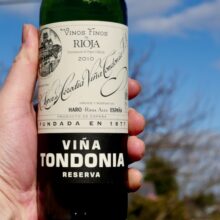
Product information
R. López de Heredia Viña Tondonia Reserva HALF 2011
Red Blend from Spain, La Rioja
$75
Description
This is the perfect example of the nuances of maturing wine. The desire to achieve development through élévage whilst retaining freshness and energy. To have a depth of flavour whilst quenching thirst. To achieve balance. To create a scent that ought not exist.
Tasting a wine should always be about what’s in the glass not the numbers, the numbers are there to help those at the extreme end of wine love comprehend how a creature like this could be.
At just 13% the Tondonia is 1% or more lower in alcohol than most Rioja yet it had excellent depth and length of flavour. The sign of a vineyard that is lovingly cared for. The pH is at the lower end of the spectrum and the acidity heading up for a red, again a sign of a vineyard in good form. These kinds of numbers lead to freshness and the ability to quench thirst. With pH and acid at those levels time would have been needed for the wine to resolve. Something López de Heredia embrace. This wine being released at 12 years of age with better than half that time in barrel.
The secondary earthy, truffled, forest floor, lightly leathered complexity wrap vibrant fruit. Savory with woody herbs and a delicate perfume, there is just an edge of grip to the mouthfeel that I suspect comes from very tightly integrated oak. A slice of Jamon will see them melt and cleanse your palate.
Tasted blind you would be forgiven for believing the wine to be an exceptional 30 year old. Drinking beautifully now it will undoubtedly live for many years to come. The oxidative stability from such an aging process will offer a very slow evolution from here. It draws you in ..“Drink Me! Drink Me!” it calls.
6 years in American Oak is a statistic that would scare many, myself included. Once in the glass, all fear disappears.
It’s no surprise that the crews from Ar.Pe.Pe and López de Heredia know each other well given both have mad élévage skills.
The 2011 Viña Tondonia Reserva is darker and shows riper fruit, a rounder palate and some dusty tannins. A year of ripeness, concentration and tannin, the wine is powerful with the finesse of Tondonia. Tasting this next to the textbook 2010 Tondonia revealed how this has more muscle and a wider back and the 2010 epitomizes the finesse and elegance. It was bottled in May 2019. Drink 2022-2029
Luis Gutiérrez, The Wine Advocate 94 Points
Available on back-order
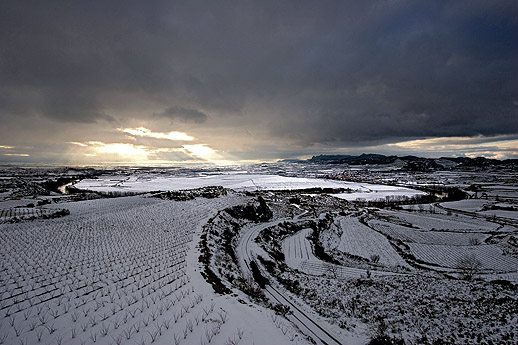





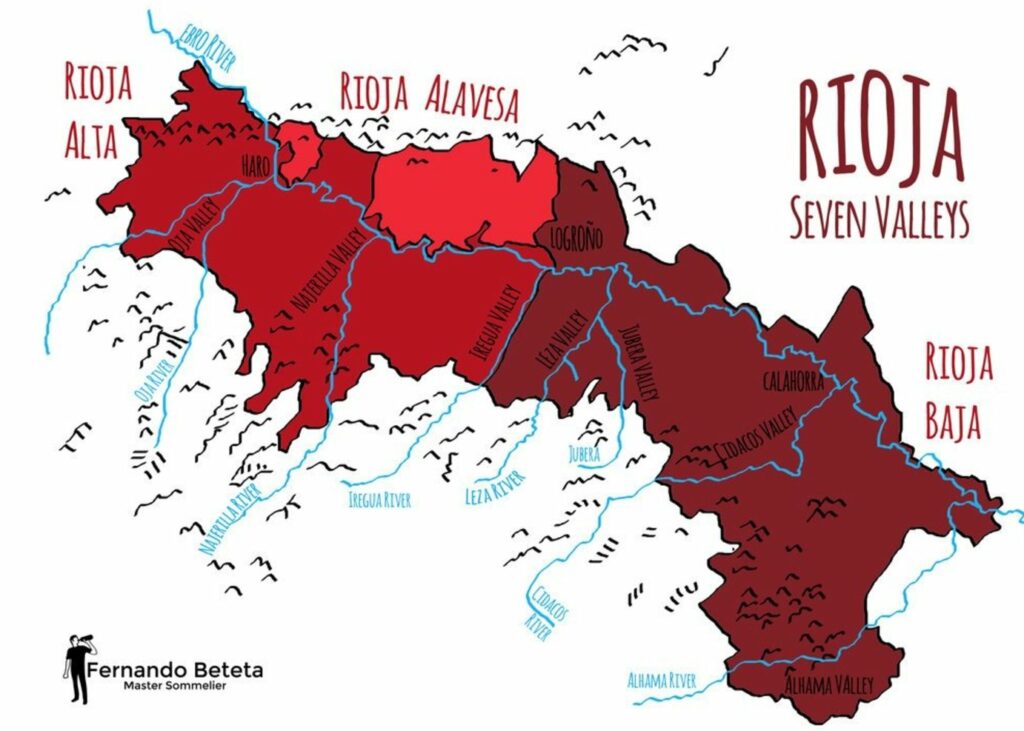
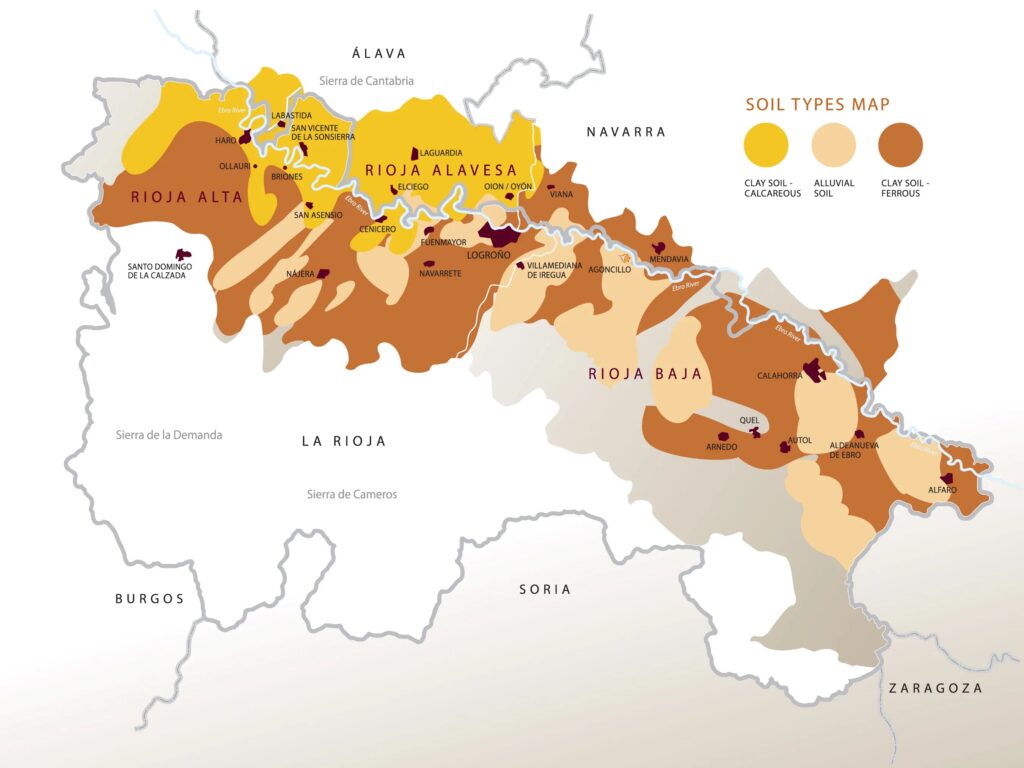
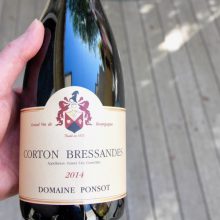
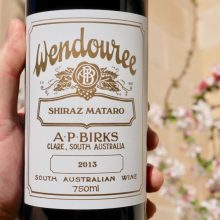
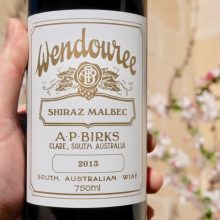
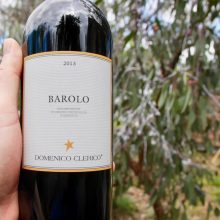
You must be logged in to post a comment.